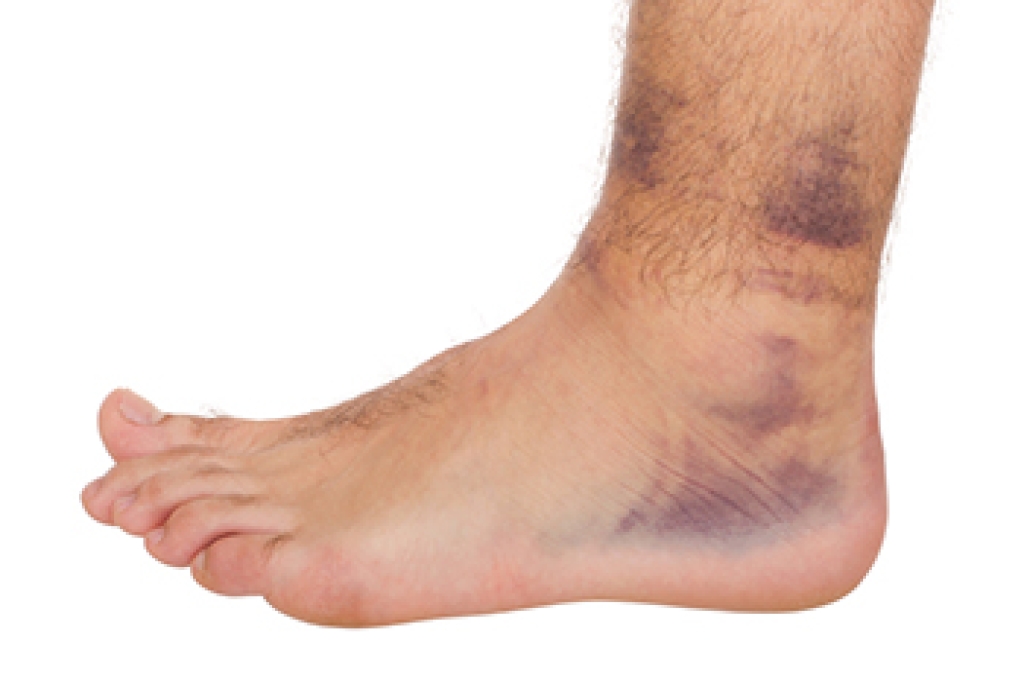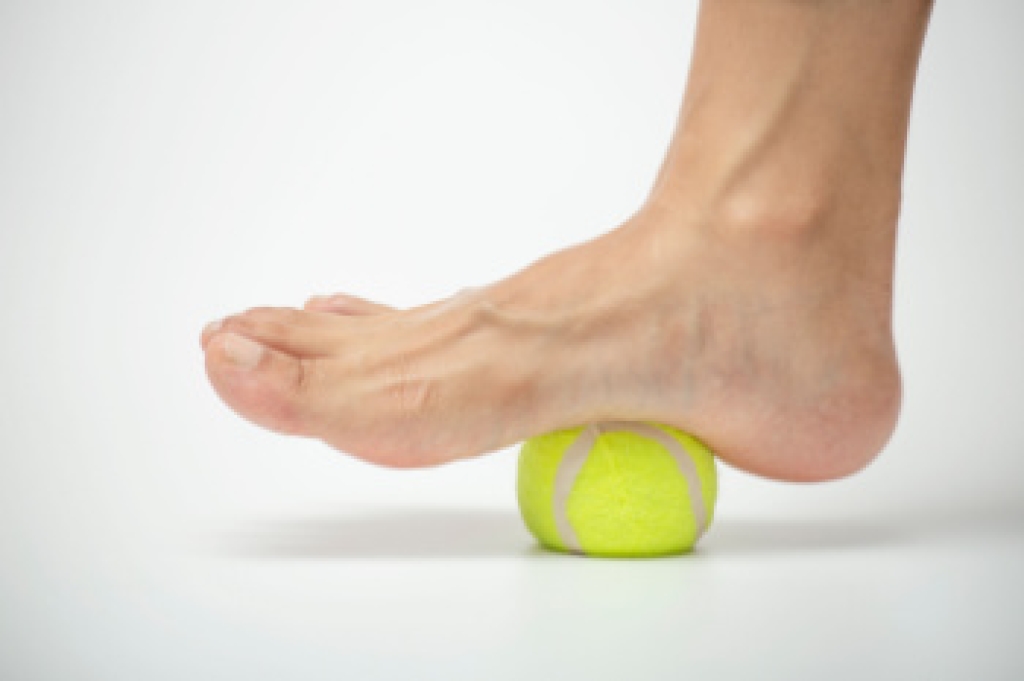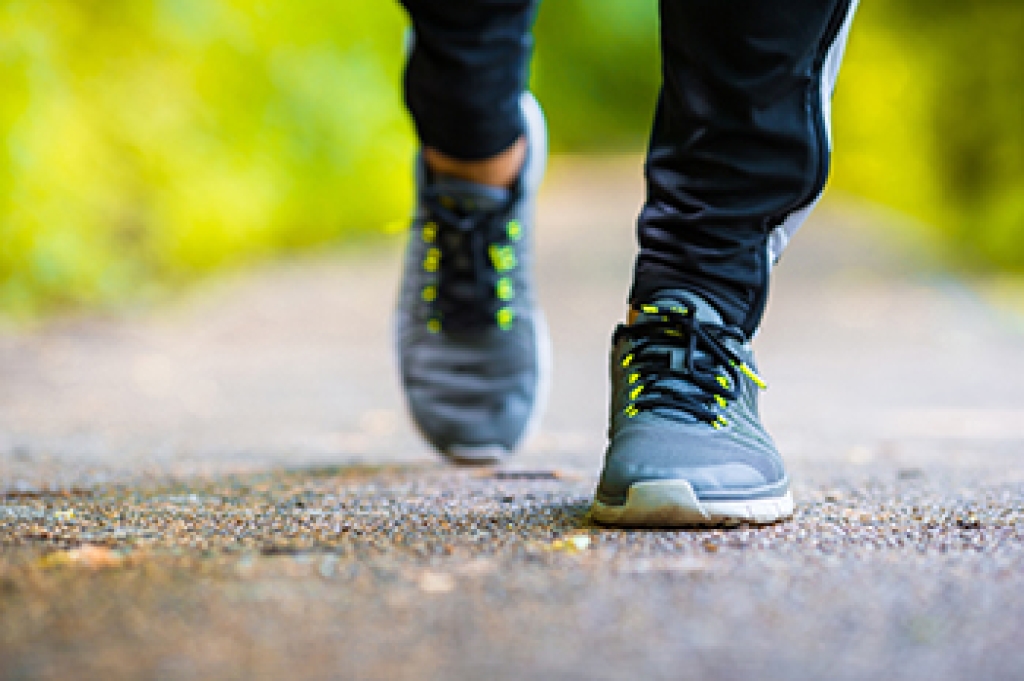
An ankle sprain is a common injury that occurs when the ligaments supporting the ankle stretch or tear. The two main types are inversion sprains, which happen when the foot rolls inward and affect the ligaments on the outer ankle, and eversion sprains, which occur when the foot rolls outward and strain the inner ligaments. These injuries often result from sudden twisting motions, uneven surfaces, sports activities, or missteps. Symptoms may include pain, swelling, bruising, and difficulty bearing weight. A podiatrist can assess the severity of the sprain, provide targeted treatment, and create a rehabilitation plan to restore strength and stability. If you think you have sprained your ankle, it is suggested that you consult a podiatrist who can offer you effective treatment solutions to ensure proper healing.
Ankle sprains are common but need immediate attention. If you need your feet checked, contact Andrew Katz, DPM from Allcare Foothealth Center. Our doctor can provide the care you need to keep you pain-free and on your feet.
How Does an Ankle Sprain Occur?
Ankle sprains take place when the ligaments in your ankle are torn or stretched beyond their limits. There are multiple ways that the ankle can become injured, including twisting or rolling over onto your ankle, putting undue stress on it, or causing trauma to the ankle itself.
What Are the Symptoms?
- Mild to moderate bruising
- Limited mobility
- Swelling
- Discoloration of the skin (depending on severity)
Preventing a Sprain
- Wearing appropriate shoes for the occasion
- Stretching before exercises and sports
- Knowing your limits
Treatment of a Sprain
Treatment of a sprain depends on the severity. Many times, people are told to rest and remain off their feet completely, while others are given an air cast. If the sprain is very severe, surgery may be required.
If you have suffered an ankle sprain previously, you may want to consider additional support such as a brace and regular exercises to strengthen the ankle.
If you have any questions please feel free to contact our office located in Palmdale, CA . We offer the newest diagnostic tools and technology to treat your foot and ankle needs.




